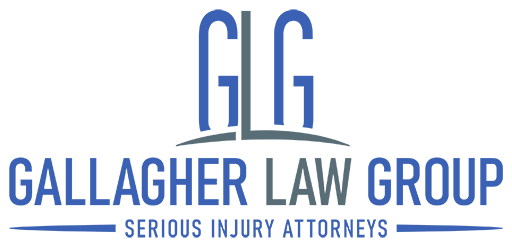Uber accident victims often wonder if they can sue Uber directly, especially when drivers operate their vehicles recklessly. However, Uber’s stance has consistently been that its drivers are independent contractors, not employees. This means the company typically denies liability, arguing that drivers are independent businesses responsible for incidents in their vehicles.
Because of the complexity of Arizona’s laws and the legal stipulations surrounding rideshare insurance coverage, your best course of action is to consult an Uber accident lawyer at GLG Personal Injury Lawyers. Our attorneys specialize in these cases and stay up to date on the ever-evolving legal landscape. Whether it’s Lyft crash claims or compensation for rideshare passengers, we’re here to fight for your rights.
For more insights and legal guidance, visit our ridesharing accident lawyer or contact us directly for a consultation. Let us help you navigate this challenging time with the expertise you deserve.
FAQs
Can a rideshare passenger in a car accident sue?
Yes, a rideshare passenger injured in an accident can sue for compensation. You may file a claim against the rideshare driver, another at-fault driver, or the rideshare company’s insurance, depending on the circumstances. Consulting a rideshare accident lawyer ensures your rights are protected.
How to handle a rideshare accident?
Stay calm, check for injuries, and call 911 if needed. Document the accident scene with photos, gather contact and insurance details from all parties involved, and report the incident to the rideshare company. Finally, consult a rideshare accident attorney to understand your legal options and file a claim.
What are the financial consequences for a driver who gets into an accident while working for a ridesharing company?
The financial impact depends on the phase of the ride and fault. If the app is on, rideshare insurance may provide limited coverage. During an active ride, the company’s insurance could cover damages. If the driver is at fault, they might face higher insurance premiums or out-of-pocket costs. Consulting a rideshare accident lawyer can clarify liability and coverage.
What questions to ask your Phoenix rideshare accident lawyer?
- How much experience do you have with rideshare accident cases?
- What is your success rate in securing compensation for rideshare passengers or drivers?
- How do rideshare insurance policies impact my claim?
- What fees do you charge, and do you work on a contingency basis?
- How will you keep me updated on my case progress?
What does rideshare insurance cover?
Rideshare insurance typically covers:
- Contingent liability when the app is on but no ride is active.
- Comprehensive coverage during an active trip, including injuries and property damage.
- Uninsured/underinsured motorist coverage if another driver is at fault but lacks adequate insurance.



